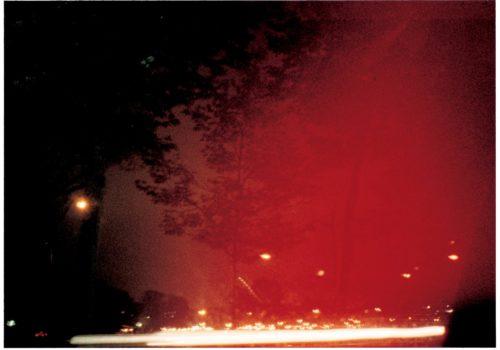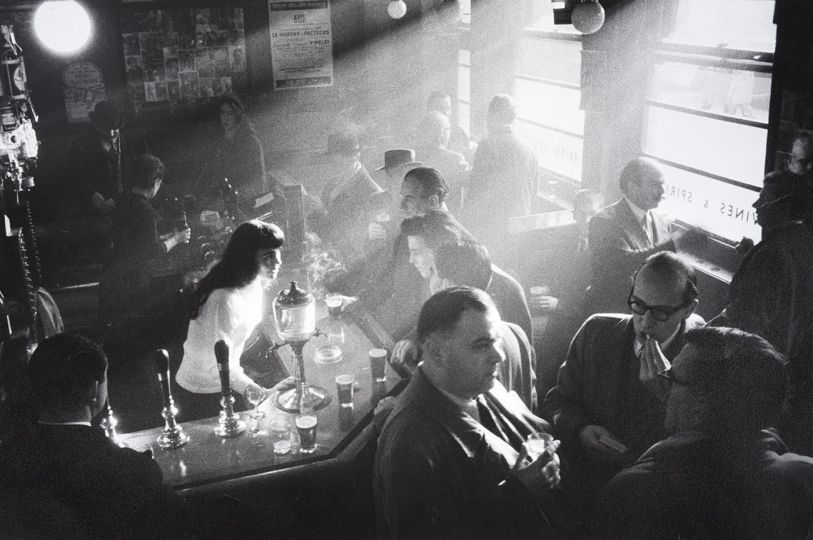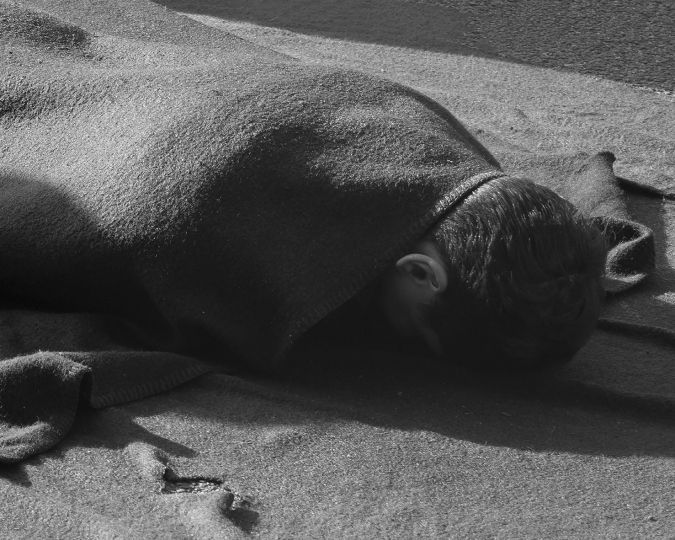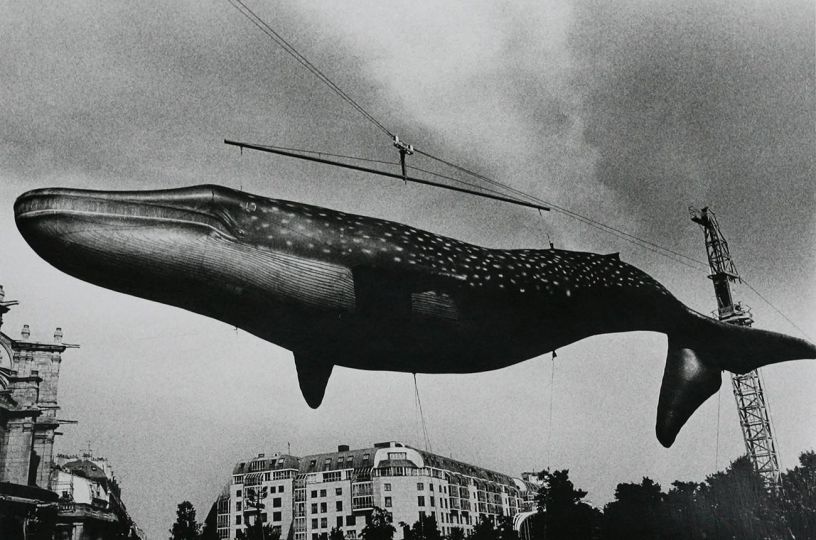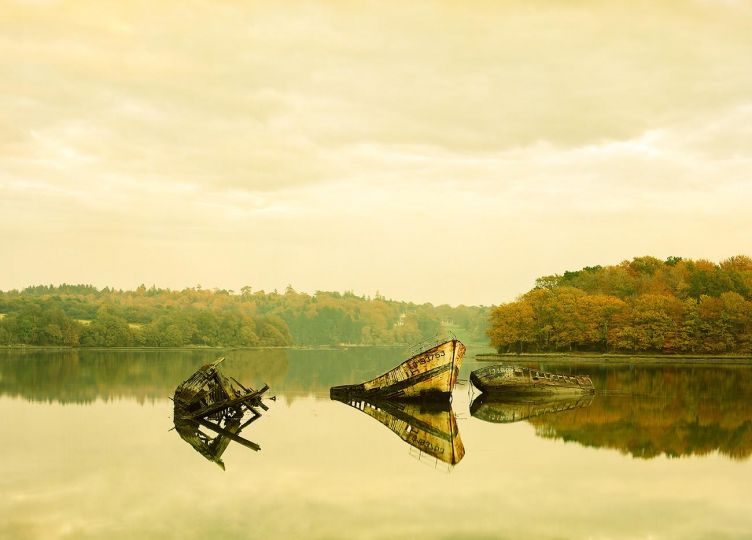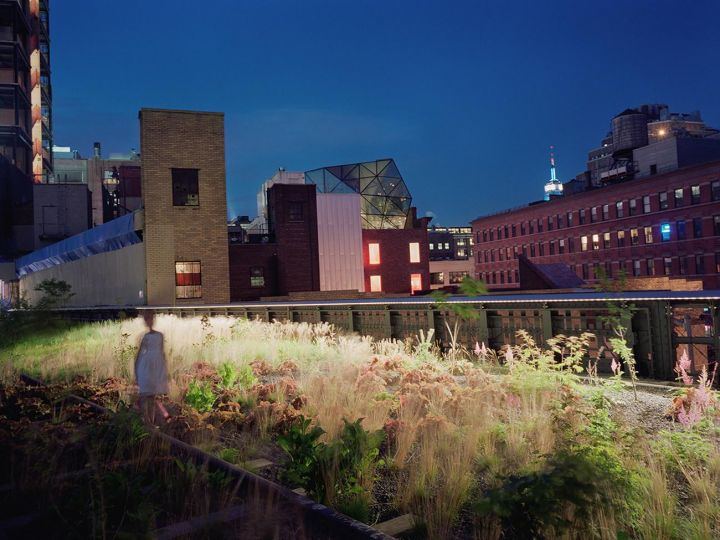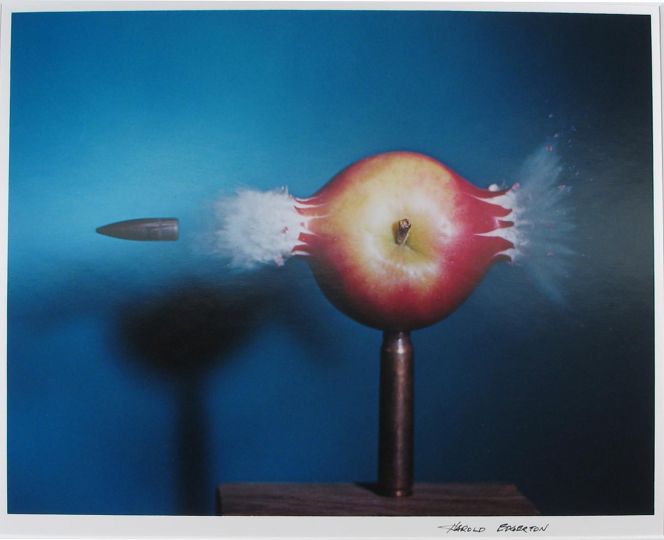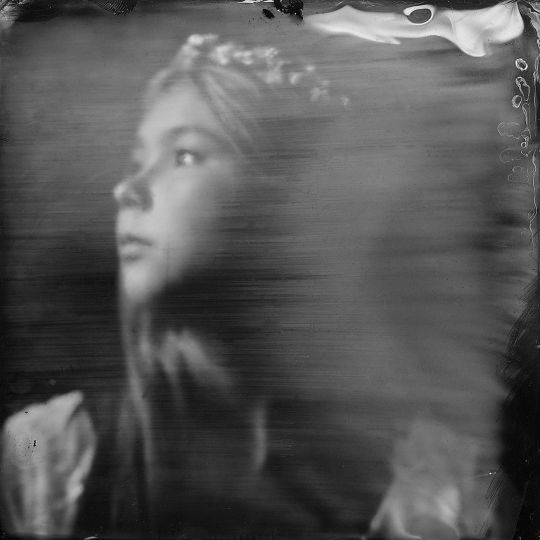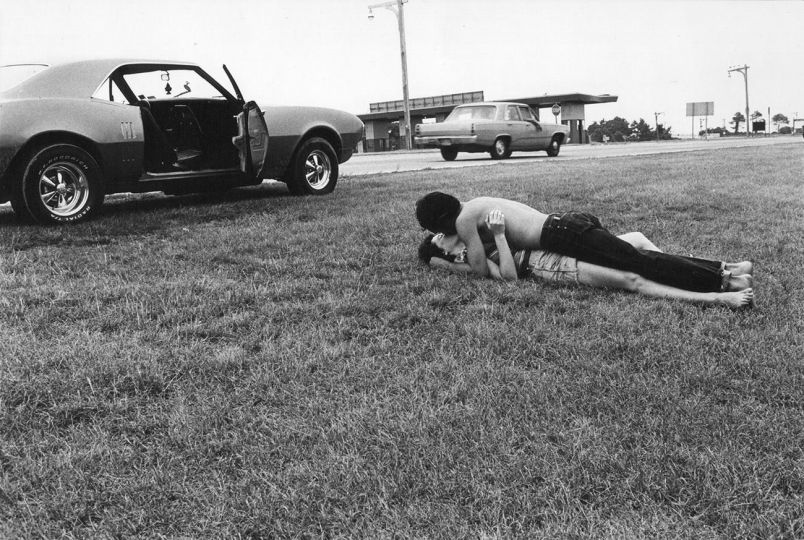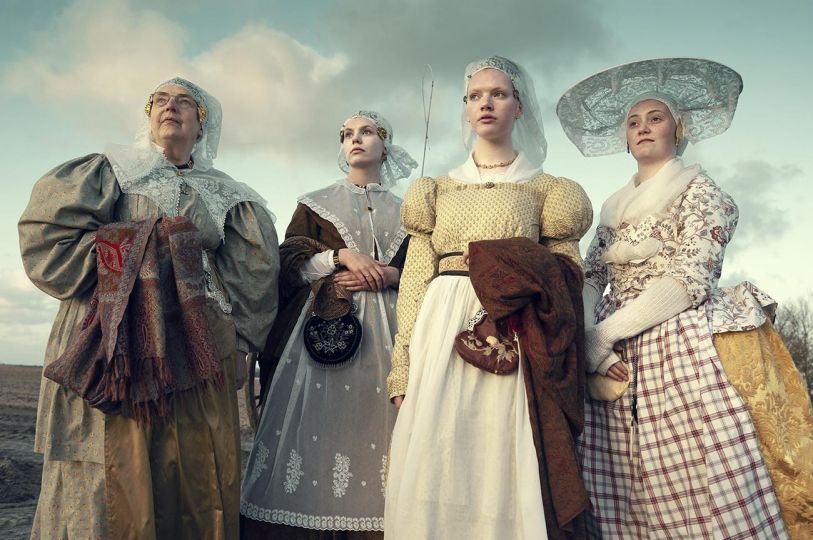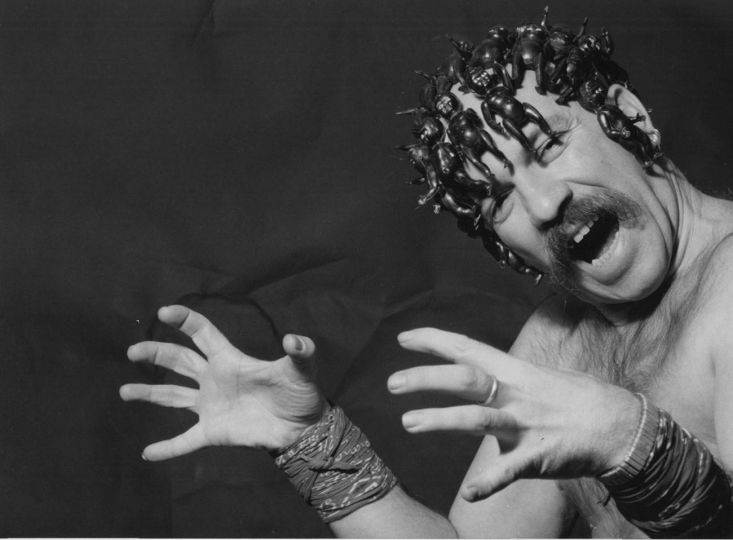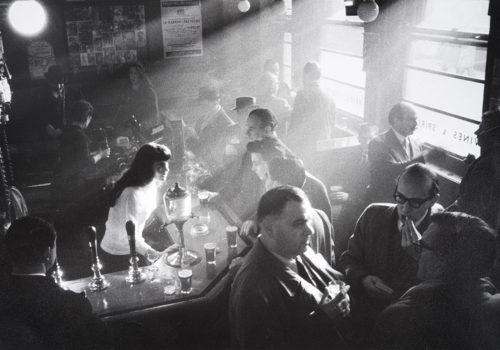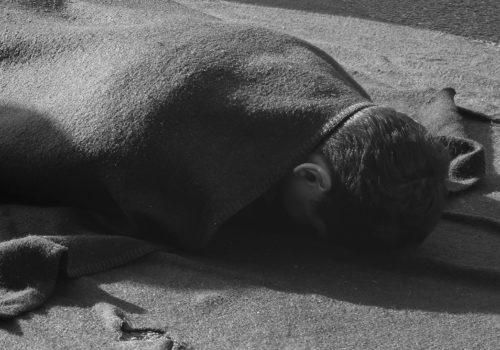The Fundación MAPFRE in Madrid presents the first major retrospective dedicated to Japanese photographer Sakiko Nomura, revealing a body of work of rare sensitivity.
Nocturnal landscapes, sensual bodies, faded flowers, urban or interior scenes… in the dim light of the exhibition hall, Sakiko Nomura’s photographs emerge like a mirage, a fleeting and mysterious apparition. Although she is often associated with Nobuyoshi Araki, with whom she worked for several years, the Japanese photographer has developed her own visual language, a sensitive and introspective œuvre powerfully rendered by the exhibition at the MAPFRE Foundation. The show was conceived around her immense bibliographical production, she has published more than forty books.
With an almost feline presence, a discreet yet alert observer, Sakiko Nomura fades into the background to capture the world’s emotions. Opening the exhibition, her Night Flight series is created using a tiny camera, the kind used by spies. This approach reflects her desire to “look at the world through a small peephole,” a need to “make herself as small as possible, like a whisper that forges a unique connection between the intimate and the anonymous within the photographic process. » Further on, images of flowers engage in a dialogue — some vibrant, others wilted, some alive, others artificial. She is fascinated by these bouquets photographed on graves, seeing them as a meeting point between the world of the living and the dead, as well as the emotions embedded in this offering to the departed.
Emotion is the central thread of her practice. After two sections dedicated to color, visitors enter the photographer’s « world in black-and-white. » In what might be the most compelling room of the exhibition, images of varying formats unfold, revealing an intimate and sensual story built around three of Nomura’s emblematic books: Black Darkness (2008), NUDE / A ROOM / FLOWERS (2012), and Fate in Spring (2020). On the walls, the scenes intertwine into a singular whole. Subject matter is of little importance to Sakiko Nomura, who primarily seeks to capture emotions and make their intensities resonate with one another. The funeral of one of her first models, the ashes of her grandmother’s bones, waves crashing before her home : these images are connected by a “linearity of emotion.” And when, at the invitation of the MAPFRE Foundation, she spent several weeks in Granada to create a new series, few clues revealed the location’s geography. Rather than a window onto the world, her work offers a glimpse into her imagination.
Her way of observing male nudes aligns with this introspective approach. Though her work marked a small revolution in Japanese photography—traditionally accustomed to female curves seen through a male lens—Sakiko Nomura asserts that gender is not a concern in her relationship with her models. Once again, rather than an appearance, she is drawn to the emotion that arises from the connection between two beings at the moment of photographing, a meeting of “mind and soul,” which she wants to be fleeting, existing purely in the instant. The photoshoots often take place in hotel rooms, spaces conducive to this evanescence.
The fleeting nature of the moment, the motion blurs so dear to the photographer, as well as her solarizations, through which she revisits her archives… Sakiko Nomura’s approach is an ode to imperfection and accidents. Her compulsive way of photographing, of relentlessly capturing everything around her, is also a means of distancing herself from reality, only to rediscover it later in the realm of memory and emotion. When working on her prints, she relies on her recollection of the scene rather than the factual reality of what she captured. The ethereal images that result evoke emotions, like fragments of a dream slowly resurfacing in the mind… Immersed in Sakiko Nomura’s dreams, we do not want to wake up.
Zoé Isle de Beauchaine
Sakiko Nomura. Tender Is the Night
From February 6 to May 11, 2025
Fundación MAPFRE
Paseo de Recoletos, 23. Madrid
Sakiko Nomura is represented by Galerie Écho 119 in Paris and Akio Nagasawa Gallery in Japan.
www.galerieecho119.com
www.akionagasawa.com

